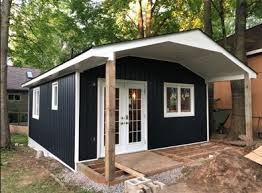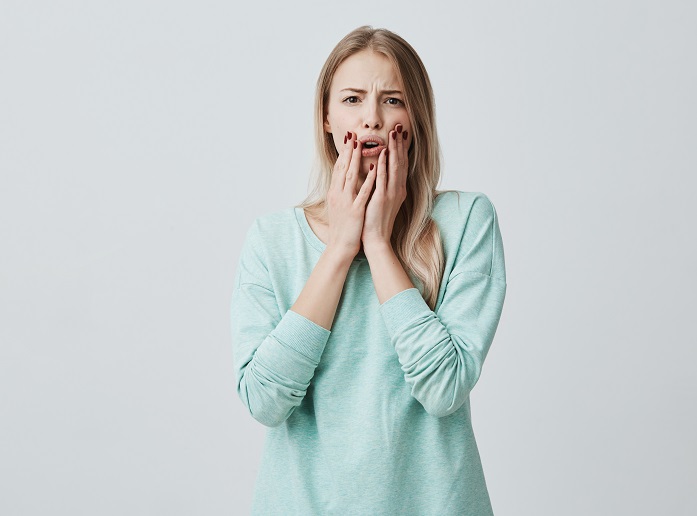Vinyl Horizontal Siding Styles: A Guide to Choosing the Right Look for Your Home

Vinyl horizontal siding is one of the most popular exterior cladding options for homes today, and it’s easy to see why. With its durability, low maintenance requirements, and aesthetic versatility, vinyl siding can significantly enhance your home’s curb appeal. Among the various styles available, horizontal siding remains a favorite for its classic appearance and practicality. In this article, we’ll explore the different styles of Vinyl horizontal siding styles, helping you choose the best option for your home’s architecture and your personal preferences.
Understanding Vinyl Horizontal Siding
Vinyl horizontal siding is installed in long, overlapping panels that run horizontally along the walls of a home. This design allows for effective water drainage and creates a clean, streamlined look. Vinyl siding is made from polyvinyl chloride (PVC), which makes it resistant to moisture, pests, and fading from UV rays. Available in a wide range of colors, textures, and profiles, vinyl horizontal siding can mimic the appearance of traditional materials like wood or stucco, allowing homeowners to achieve the desired aesthetic without the upkeep.
Popular Styles of Vinyl Horizontal Siding
- Traditional Lap Siding: Traditional lap siding, also known as clapboard siding, is perhaps the most recognizable style of horizontal siding. This style features long, flat panels that overlap each other, creating a classic, timeless appearance. The boards can be installed in varying widths to add visual interest. Traditional lap siding is versatile and complements various architectural styles, including Colonial, Cape Cod, and Craftsman homes.
- Dutch Lap Siding: Dutch lap siding takes the traditional lap style and adds a beveled edge to the top of each panel. This design creates a distinctive shadow line that adds depth and dimension to the siding. Dutch lap siding offers a sophisticated look and works particularly well with traditional and historic home designs. It can also be installed in wider boards for a more contemporary feel.
- Beaded Seam Siding: Beaded seam siding features a rounded bead at the bottom of each panel, creating a shadow line that adds depth and character. This style is reminiscent of traditional wood siding and lends a touch of elegance to the exterior. Beaded seam siding is often chosen for Victorian, Southern, and coastal-style homes, as it enhances their charm and architectural detail.
-
Board and Batten Siding: While traditionally associated with vertical installations, board and batten siding can also be achieved with horizontal vinyl siding. This style consists of wide boards separated by narrower strips called battens, which creates a textured and dimensional appearance. Board and batten siding can evoke a rustic or farmhouse style, making it a popular choice for modern farmhouse and country-style homes.
- Shingle-Style Siding: Vinyl shingle-style siding mimics the look of cedar shingles while providing the benefits of vinyl. This style can be installed horizontally to create a unique and textured look. Shingle-style siding is perfect for coastal or cottage-style homes, offering a charming and inviting appearance. Available in various colors and textures, it allows homeowners to customize their exteriors.
- Flat Panel Siding: For a sleek and modern appearance, flat panel siding is an excellent option. It’s available in various colors, making it easy to match your home’s exterior.
- Vertical Grooved Siding: Though primarily vertical, this style can be adapted to a horizontal installation for unique architectural designs. Vertical grooved siding features long panels with vertical grooves that add texture and dimension. When installed horizontally, it creates an eye-catching appearance that can work well with modern and eclectic home styles.
Color and Texture Options
In addition to the various styles, vinyl horizontal siding comes in an extensive array of colors and textures. Homeowners can choose from classic whites and grays to bold hues like navy blue, forest green, and even bright reds. Some manufacturers offer siding with a wood grain texture, providing the warmth and beauty of natural wood without the maintenance.
When selecting colors, consider your home’s architectural style and surrounding environment. Lighter colors can make a home appear larger and more welcoming, while darker shades can add sophistication and elegance. Additionally, coordinating trim colors can enhance the overall appearance and provide a polished look.
Installation and Maintenance
One of the significant advantages of vinyl horizontal siding is its ease of installation and maintenance. Maintenance is minimal, requiring only occasional cleaning with soap and water to keep the siding looking its best.
Conclusion
Vinyl horizontal siding offers an array of styles that cater to diverse tastes and architectural preferences. Whether you opt for traditional lap siding, elegant Dutch lap, or modern flat panel designs, vinyl siding enhances your home’s curb appeal while providing lasting protection against the elements. With various color and texture options available, homeowners can achieve the look they desire without the high maintenance associated with other materials.
Investing in vinyl horizontal siding not only improves the aesthetic of your home but also increases its value and energy efficiency. As you consider your options, think about your home’s architectural style, your personal preferences, and the overall look you want to achieve. With the right vinyl siding style, you can create a beautiful exterior that enhances your home for years to come.









